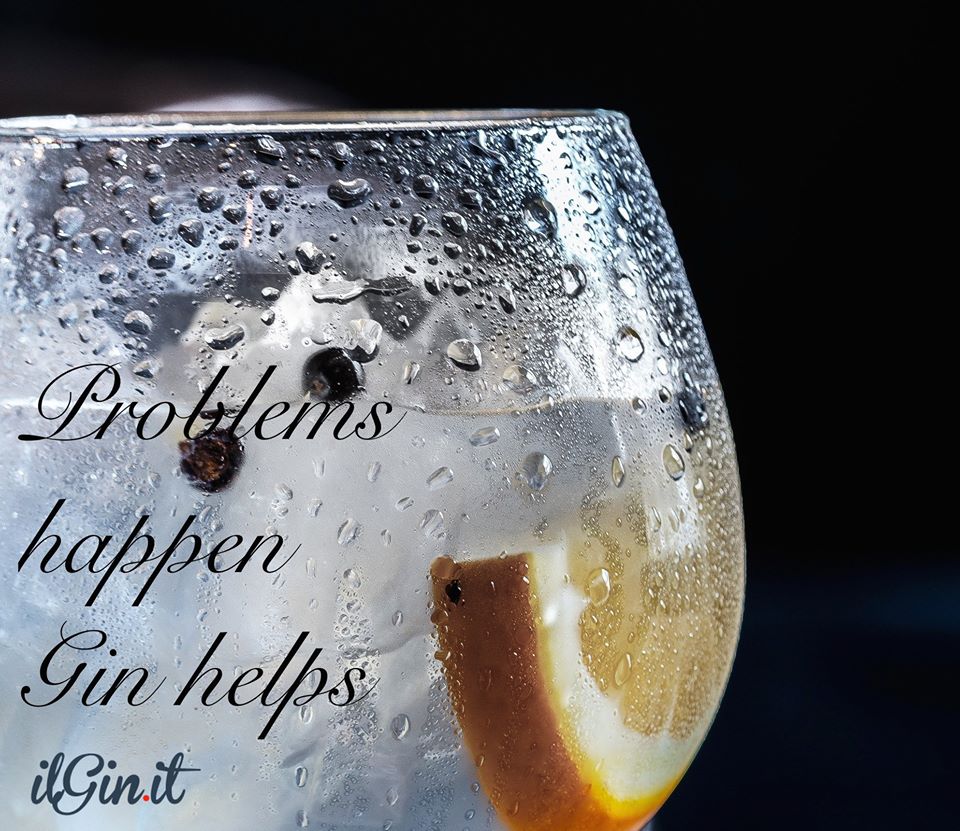[:it]Everything you always wanted to know about gin is on “ilGin.it” by Marco Bertoncini[:]

[:en]
Of ELISABETTA LUGLI
Gin is a distillate with a fascinating history and has different preparation methods that produce extremely different results, as we discovered in previous interviews with Alex Frezza and Samuele Ambrosi. But the more you learn, the more you want to learn, and the world of gin still has a lot to reveal: this is why we asked Marco Bertoncini, bartender and founder of ilGin.it and ilTuoGin.it, who has a very profound knowledge and an unparalleled capacity for intuition regarding this distillate and everything that revolves around it.
Here's what he told us.
Marco, tell us how your story is intertwined with that of gin.
Let's start from the origins, let's start by saying that the rebirth of gin took place towards the end of the 2000s: before then there was no premium sector, and it was Hendrix who made up for this lack. This rebirth happened in Spain, and I was working there as a bartender at the time. We began to see new gins that were not yet known in Italy, and we began to see gin and tonic served in a balloon glass filled with ice rather than in a tumbler. Sometimes clothes make the man, and the balloon glass represented a very fascinating dress for the gin and tonic which became its symbol. I became interested in the phenomenon and once I returned to Italy, to Bologna, I took over a small place, the "Caffè Ristretto", and started offering gin and tonic like in Spain. I served it in glasses bought in Spain, with an ice cube weighing exactly 50 grams, produced by an ice machine that I specifically requested from Brema.
Then the two portals arrived: ilGin.it and ilTuoGin.it.
IlGin.it came first and then ilTuoGin.it, but they are two creatures that came out of the same hat, one was born from the skills of the other. With ilGin.it I started talking about the world of gin at 360 degrees: from the technical to the mundane, always informed about all new product releases and any news relating to the world of gin. With the ilGin.it staff we started talking about gin as a lifestyle: where there was gin we were there too. Over time, the skills increased and the portal became a resource for companies because in the meantime I had acquired a clear, broad and complete vision of the world of this distillate. Now with ilGin.it we are able to give those who produce a good gin the right tools to make themselves known, to make the right commercial choices. IlTuoGin, on the other hand, allows anyone to play with botanicals by producing their own gin. There are no minimum orders, you can even make a single bottle. With the botanicals that we make available, something like 180 million possible combinations emerge. A mathematical model puts the variables together and allows us to be fast and efficient. The game consists in giving the taste a direction, following your preferences.
How do you create a good gin?
Gin is the closest thing there is to a cooking recipe, taking it apart you realize that it works by affinity or by contrast. There was a period in which producers competed to see who added the most ingredients, while today we have gone back in time, approaching a concept of "less is more", focusing on the organoleptic values of a single botanical over to juniper. From the juniper itself, understood as "monobotany", very different gins emerge. Then it is also a question of expert work with herbs, it is not at all obvious: for example, there are botanicals that serve to make flavors more homogeneous, stabilizing aromas, such as Florentine iris, angelica or coriander. Nowadays there are excellent gins prepared by infusion, a method that for a long time was considered synonymous with low quality and which can instead lead to surprising artisanal products. An example? Saverio Denti's products, all super artisanal, are excellent compounds.
Other considerations to make about Italian gin?
In Italy many quality gins are made. Producers often have experience with other products, such as grappa. Grappa is difficult to make, so even the gins created by those who already have that skill are excellent, you can really feel the hand of the distiller, the technique, the ability to cut off the heads and tails in the distillation. Then there is often a mix of ancient and modern: there are South Tyrolean distillers who put wet rags on modern stills as they used to do, for example.
Why did many people who previously produced other spirits start making gin?
There is a lot of interest in gin these days. The rebirth it has had in recent years, especially linked to gin and tonic, has given life to a market segment that did not exist before, very transversal: there is no real reference target. While vodka evokes the idea of luxury – you order it to celebrate something and somehow demonstrate status – this is not the case with gin. A gin and tonic is for everyone, a simple and thirst-quenching drink, with little sugar in the very sugary world of mixology. The diversification of gins that companies have implemented has created further interest, there is a desire to try new products, discover them, collect them. For all these reasons it is natural that producers want to deal with the preparation of gin, which represents a very interesting market.[:]
